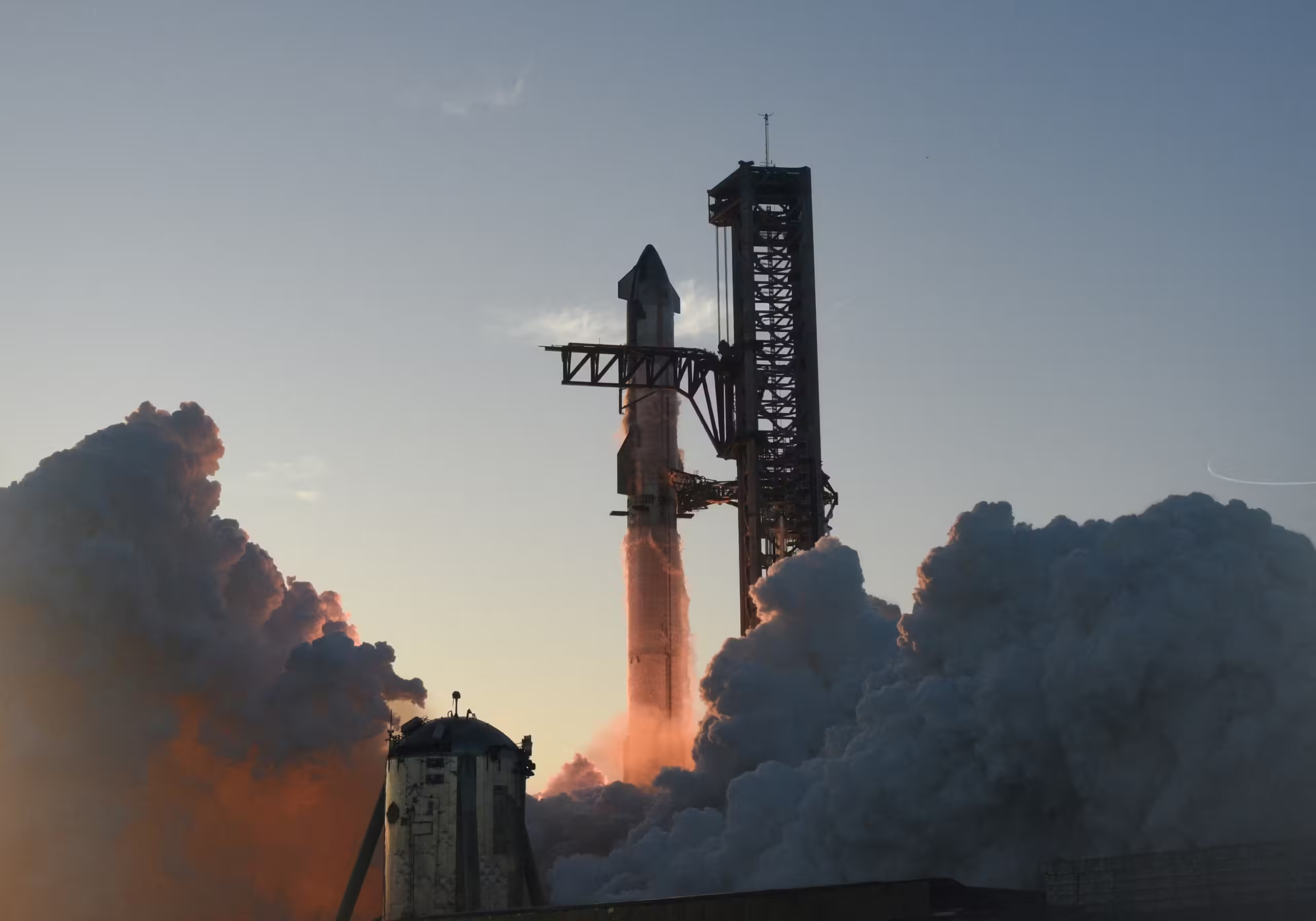Elon Musk’s goal to send humans to Mars may soon gain new momentum under U.S. President-elect Donald Trump, potentially reshaping NASA’s priorities and boosting SpaceX’s role. According to sources, Trump’s space policy team is expected to prioritize Mars, marking a shift from NASA’s current Artemis moon program, which utilizes SpaceX’s Starship as a stepping stone for Mars missions.
Four insiders familiar with Trump’s plans suggest an increased focus on uncrewed Mars missions within this decade. While reaching Mars is seen as more ambitious and complex than lunar exploration, the Trump administration views the Red Planet as a central goal.
Musk, a vocal Trump supporter who recently endorsed him while wearing an “Occupy Mars” shirt, has invested $119 million in Trump’s campaign, bringing space policy to the forefront of the transition period. In September, Trump reaffirmed his Mars ambitions, calling the moon a “launching pad” for future Martian endeavors.
Under Trump, fixed-price contracts may be favored, emphasizing private company responsibility and potentially reducing NASA’s involvement in over-budget projects. This approach could impact Boeing and Northrop Grumman’s $24 billion Space Launch System (SLS) rocket program, with suggestions that SpaceX could take on an even larger role in human spaceflight.
While Musk has suggested SpaceX could land a Starship on Mars by 2026, some experts remain cautious. “Elon could likely achieve a one-way mission to Mars during Trump’s term,” said Scott Pace, former top space policy official under Trump. “But a manned Mars mission would require a more measured approach.”
For now, as Trump’s transition team develops its space agenda, Musk’s vision for Mars may be closer to becoming a national objective.



